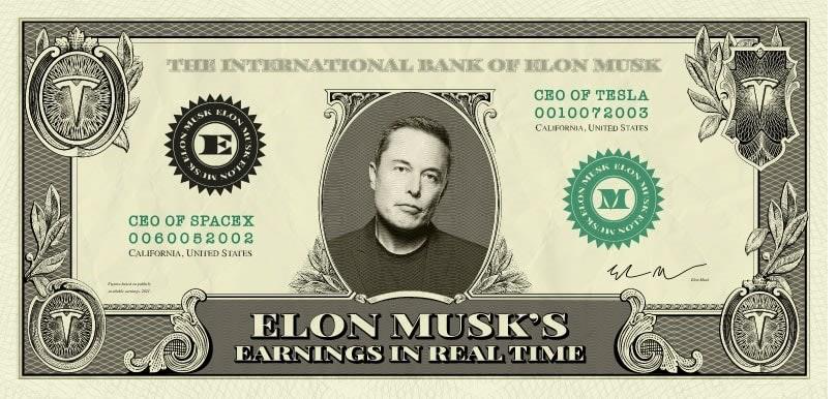
Tesla shareholders cast their votes for a choice: a controversial but potentially history-making Elon Musk over a cheaper, possibly less visionary alternative.
At the annual shareholder meeting held after the U.S. market closed on November 6 (local time), Tesla shareholders voted on CEO Elon Musk’s 10-year compensation package. Despite institutional pushback and dilution concerns, the proposal ultimately passed, paving the way for Musk to continue leading Tesla over the next decade.

Elon Musk's $1 Trillion Payout Approved: How it compares to Apple, Google, Meta CEOs – India Today
(Image source: Internet)
Voting results
In a letter to shareholders, Tesla Chair Robyn Denholm warned that if the pay plan were not approved, Musk might step down as CEO, causing the company to lose his leadership and vision. That warning clearly influenced the outcome. A Cantor Fitzgerald analyst noted that more than 50% of investors believe “Tesla is Musk, and Musk is Tesla.” According to data on the Broadridge platform before the voting deadline, roughly 80% of votes had been received, with over 55% in favor.
The package followed a “one share, one vote” principle. Musk personally holds about 15% of the company, directly affecting the tally. Tesla’s sixth-largest shareholder, Morgan Stanley’s Counterpoint Global, explicitly supported the plan.

Elon Musk Earnings in Real Time
(Image source: Internet)
Plan details
Dubbed “the richest compensation plan in human history,” the package is valued at just over $1 trillion. Musk has the opportunity to receive up to 12% of Tesla’s shares, contingent on a series of epic, near “hell-mode” milestones:
Market-cap target: ultimately rising almost eightfold to $8.5 trillion—surpassing today’s global market-cap leader.
Profit targets: as high as nearly 24× 2024 levels to $400 billion, with the lowest tier still requiring $50 billion.
Product & deployment: cumulatively deliver 20 million Tesla vehicles; reach 10 million active FSD subscription users; deliver 1 million Tesla humanoid robots; and put 1 million robotaxis into operation.
If all targets are unlocked, Musk’s stake in Tesla would rise from about 13% to roughly 25%. Based on an $8.5 trillion market cap, the additional 12% would be worth $1 trillion. Even without unlocking every tier, Reuters estimates that, given current trajectories, Musk could receive at least one or even two tranches, worth about $20–40 billion.
The vote comes at a pivotal moment in Tesla’s business transition. Musk recently revealed that the Optimus V3 humanoid robot prototype is expected to debut in early 2026, and the Cybercab robotaxi is slated for mass production in the second quarter of 2026. “Approval of the compensation plan secures Musk’s leadership for the next decade,” said Wedbush Securities analyst Dan Ives. “Stability at the top is crucial, especially for long-cycle bets like robotics and autonomous driving.” A recent report from CSC Financial (CITIC Construction Investment) emphasized that humanoid robotics is at an inflection point from zero to one, and Tesla’s converging technical roadmap will have far-reaching effects on the entire supply chain.
Short-term impact on the stock
Passing Musk’s pay package is, in the short run, clearly a positive signal for Tesla’s share price. It removes a major uncertainty and stabilizes expectations around leadership. Market sentiment is leaning constructive, with technicals focused on whether the key $470 resistance can be broken.
In the near term, price action will be driven by sentiment and the chart—watch the battle around resistance. Over the medium to long term, performance must revert to fundamentals: the commercialization pace and profitability of FSD, Robotaxi, and the Optimus robot.








